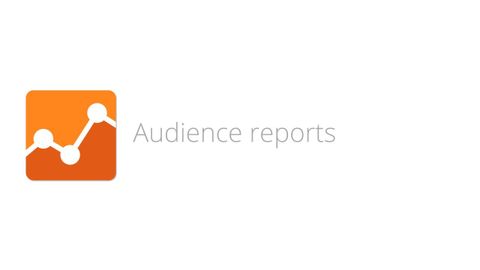デジタルアナリティクスの基礎 - レッスン5.2 オーディエンスレポート (Digital Analytics Fundamentals - Lesson 5.2 Audience reports)
小小佩娟 が 2021 年 01 月 14 日 に投稿  この条件に一致する単語はありません
この条件に一致する単語はありませんUS /ˈævərɪdʒ, ˈævrɪdʒ/
・
UK /'ævərɪdʒ/
- n. (c./u.)平均
- v.t.平均する
- adj.典型的な : 普通の : ありふれた : 普段の
US /ˈkɑnˌtɛnt/
・
UK /'kɒntent/
- adj.満足している;満足した
- n. (c./u.)内容;主題;コンテンツ;満足;コンテンツ;含有量
- v.t.満足させる
- v.i.同意する
US /ˈɔdiəns/
・
UK /ˈɔ:diəns/
US /aɪˈdɛntəˌfaɪ/
・
UK /aɪ'dentɪfaɪ/
エネルギーを使用
すべての単語を解除
発音・解説・フィルター機能を解除

